1. Understand the working conditions
The first step in selecting a High Speed Integrated Hydraulic Winch is to fully understand its working conditions, including environmental factors and frequency of use. Different working conditions can have a significant impact on the performance of a hydraulic motor. For example, a motor working in a high temperature environment needs to have a higher heat resistance to prevent damage due to overheating. In a cold environment, the motor's lubricating oil may become viscous and affect performance, so a motor suitable for low temperature operation should be selected. If the hydraulic winch needs to start and stop frequently, the motor should be designed to withstand this frequent operation to avoid premature wear or failure. Evaluating the working conditions also includes understanding the load changes, such as whether there are sudden high load requirements, which will directly affect the specifications and type of motor required. Therefore, a comprehensive evaluation of working conditions will help select the most suitable hydraulic motor to ensure stable operation of the winch in various environments.
2. Determine the required power
Calculating the required power is an important step when selecting a hydraulic motor. This process involves evaluating the load capacity of the winch and determining the lifting speed. The formula for calculating power is:
Power (kW)
=
Load (kg)
×
Gravity acceleration (m/s²)
×
Lifting speed (m/s)
1000
Power (kW) =
1000
Load (kg) × Gravity acceleration (m/s²) × Lifting speed (m/s)
Ensuring that the rated power of the selected motor meets or exceeds this calculation result can prevent work failures caused by insufficient power. At the same time, the selection of power must also take into account the safety margin in actual operation to cope with sudden load conditions. It should be noted that motors with excessive power are not only costly, but may also lead to low energy efficiency; while insufficient power may prevent the equipment from operating normally. Therefore, accurate power calculation and reasonable safety margin setting are links that must be taken seriously when purchasing hydraulic motors.
3. Motor type selection
Hydraulic motors are mainly divided into gear motors, vane motors and plunger motors, each of which has its own unique characteristics and applicable scenarios. Gear motors are simple in structure and suitable for low-pressure, high-flow applications, but their performance is limited under high loads and pressures. Vane motors perform better under medium pressures and are suitable for small and medium-sized equipment. Piston motors are known for their high pressure and high efficiency, and are suitable for demanding high-load applications, especially in high-speed integrated hydraulic winches. Choosing the right motor type not only affects the performance of the equipment, but also affects the overall efficiency and stability of the system. Therefore, it is necessary to understand the working principle and performance characteristics of each motor so that the best choice can be made according to specific needs to ensure that the winch can perform as it should during operation.
4. Flow and pressure matching
The flow and pressure characteristics of the hydraulic system directly affect the performance of the hydraulic motor. Therefore, when selecting a hydraulic motor, it is crucial to ensure that its rated flow and pressure match the system output. Too low a flow may cause the motor to fail to reach the predetermined speed and torque, while too high a flow may cause the motor to overheat and damage. Similarly, too high a pressure will have a negative impact on the life of the motor and even cause system failure. Therefore, understanding the operating parameters of the hydraulic system and selecting the right motor according to actual needs can ensure that the hydraulic winch maintains smooth operation when the load changes. In addition, the correct flow and pressure matching can also reduce energy consumption and improve the energy efficiency of the system, thereby reducing operating costs.
5. Choose the right distributor
Hydraulic motors are usually used in conjunction with various types of distributors, such as balancing valves, overload valves, speed control valves, etc. These distributors not only affect the performance of the hydraulic motor, but are also crucial to the safety and efficiency of the overall system. The overload valve can automatically cut off the flow when the load exceeds the predetermined range to protect the motor from damage; while the speed control valve can help adjust the speed of the motor to make it more flexible to adapt to different working needs. By properly selecting and configuring these distributors, the operating efficiency and safety of the hydraulic winch can be significantly improved. Ensuring that the type of distributor matches the working characteristics of the hydraulic motor and winch can improve the stability of the system and avoid failures under extreme operating conditions.
6. Consider noise and vibration
The noise and vibration generated by the hydraulic motor during operation are factors that require special attention, especially in applications with strict requirements on the working environment noise. Excessive noise may affect the comfort of the operator and cause safety hazards in some cases. Choosing a hydraulic motor with a low-noise design can effectively reduce the noise during operation. Reasonable installation and maintenance measures can also reduce the impact of vibration on equipment. For example, ensure that the pipe connections of the hydraulic system are firm to avoid resonance caused by looseness; regularly check and replace lubricating oil to keep the system running smoothly. Through effective noise and vibration control, the comfort of the working environment can be improved and the service life of the equipment can be extended.

 ENG
ENG
 English
English русский
русский Español
Español
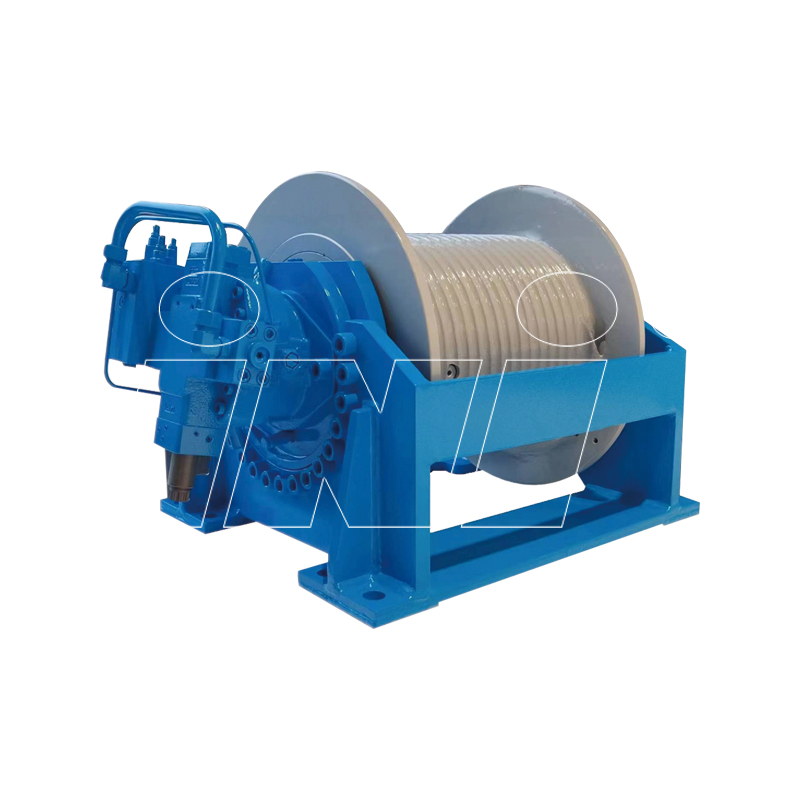
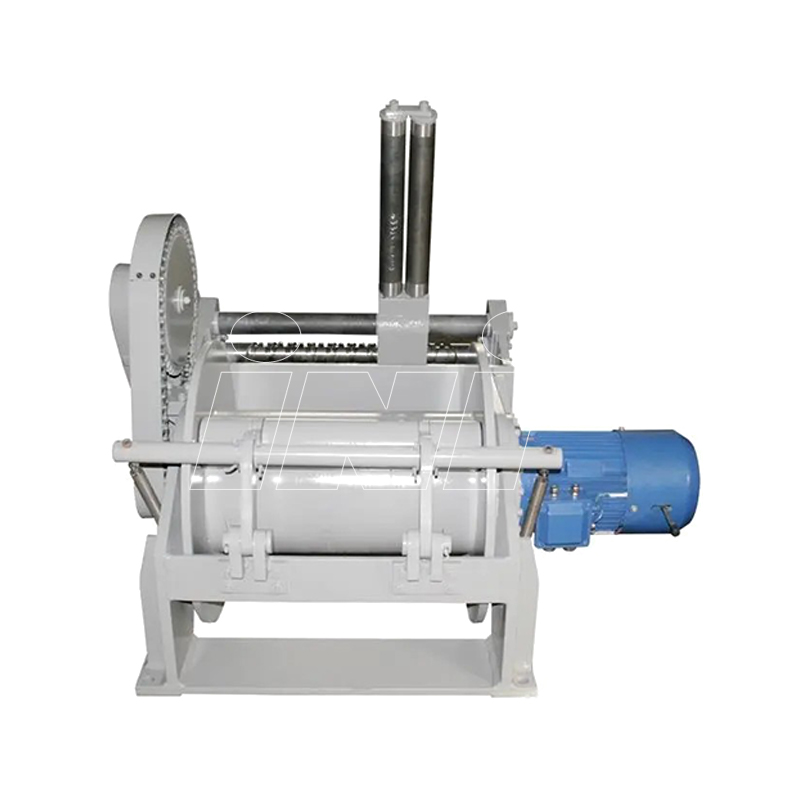
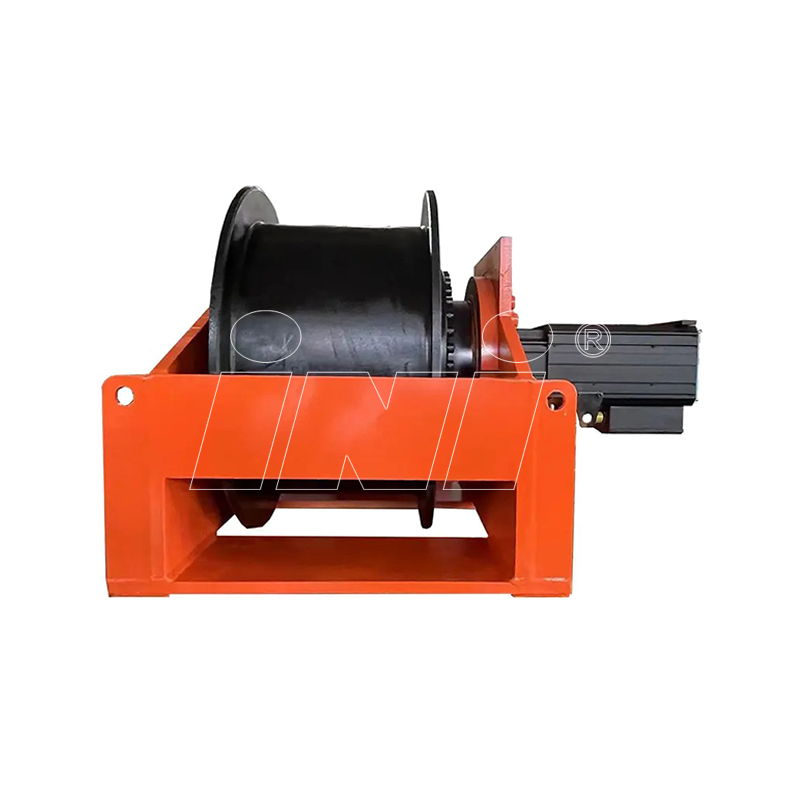

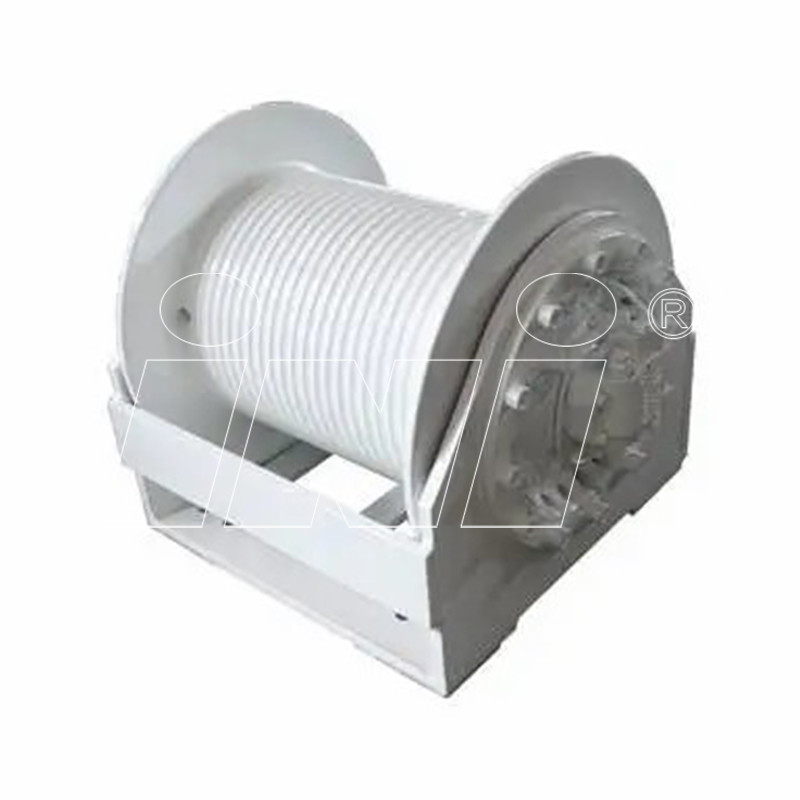
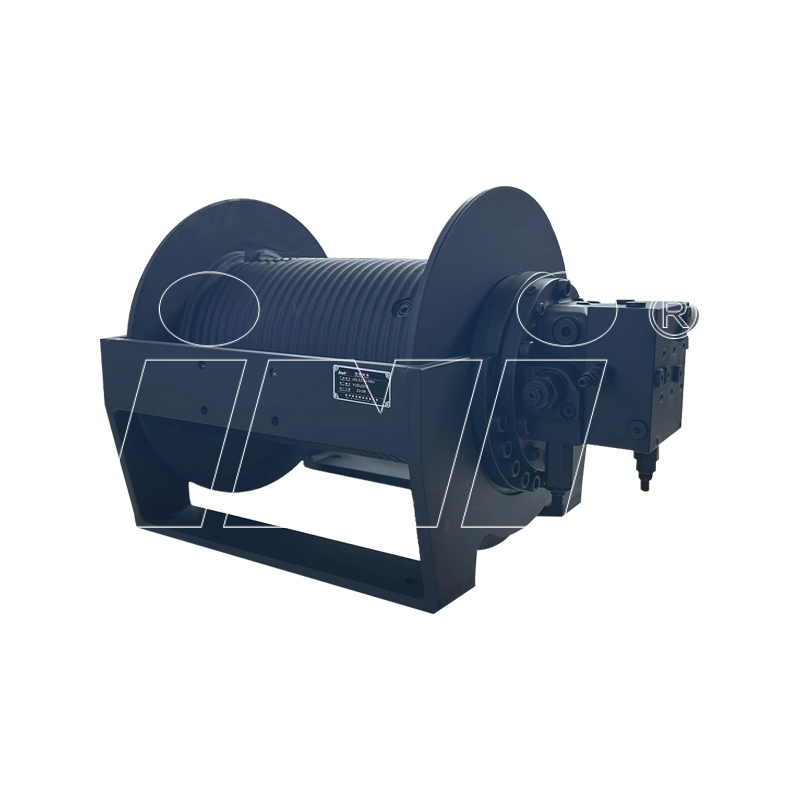
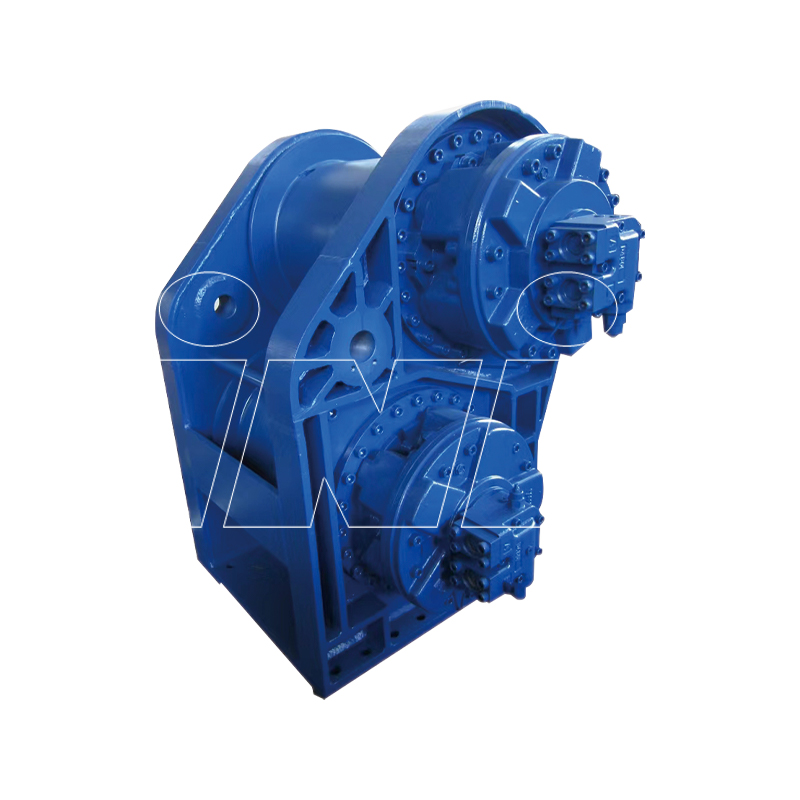

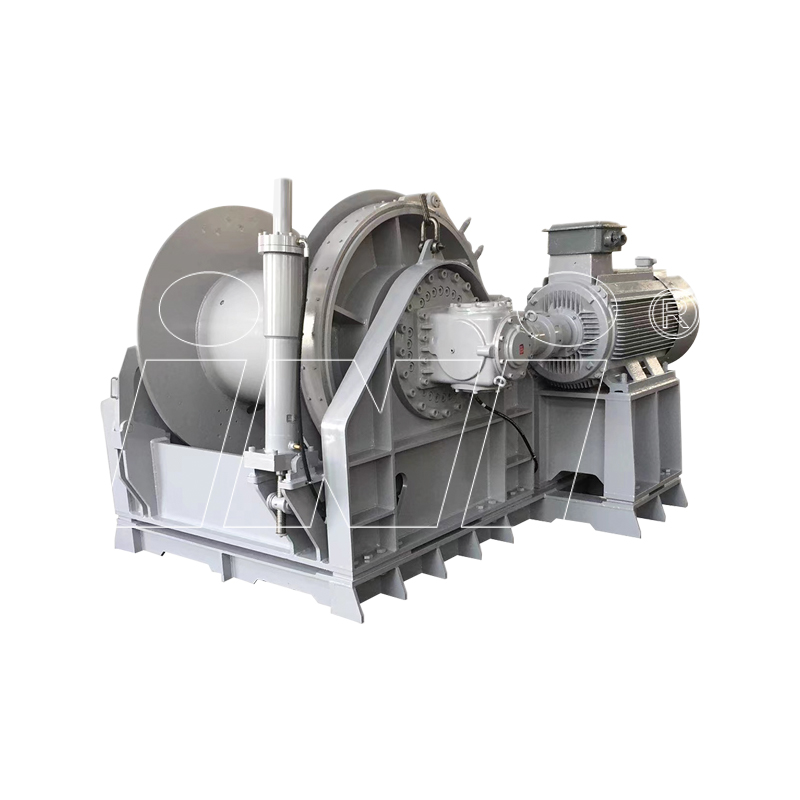





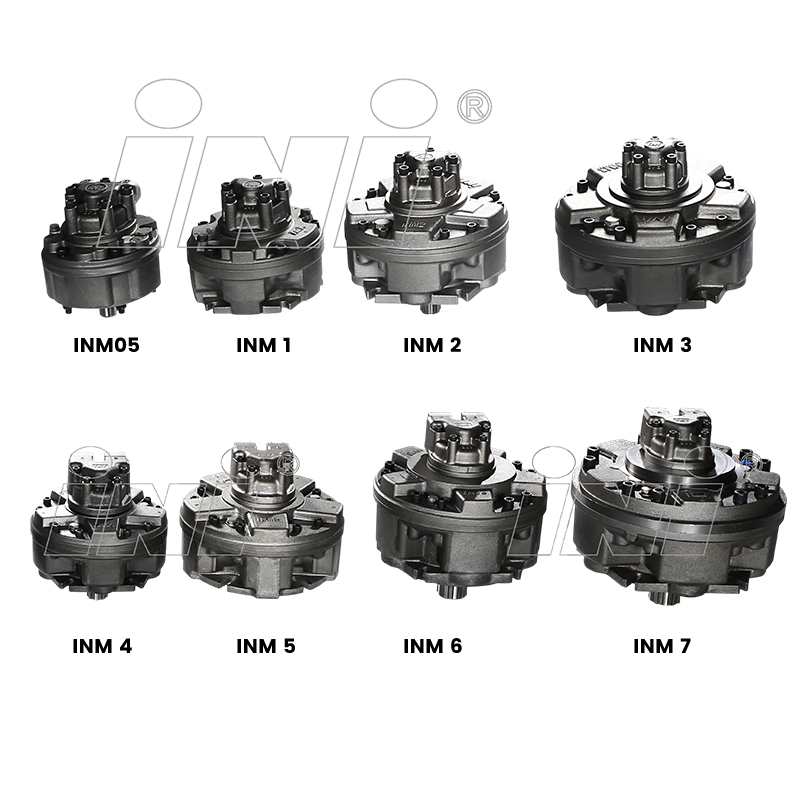

 English
English русский
русский Español
Español
 TOP
TOP